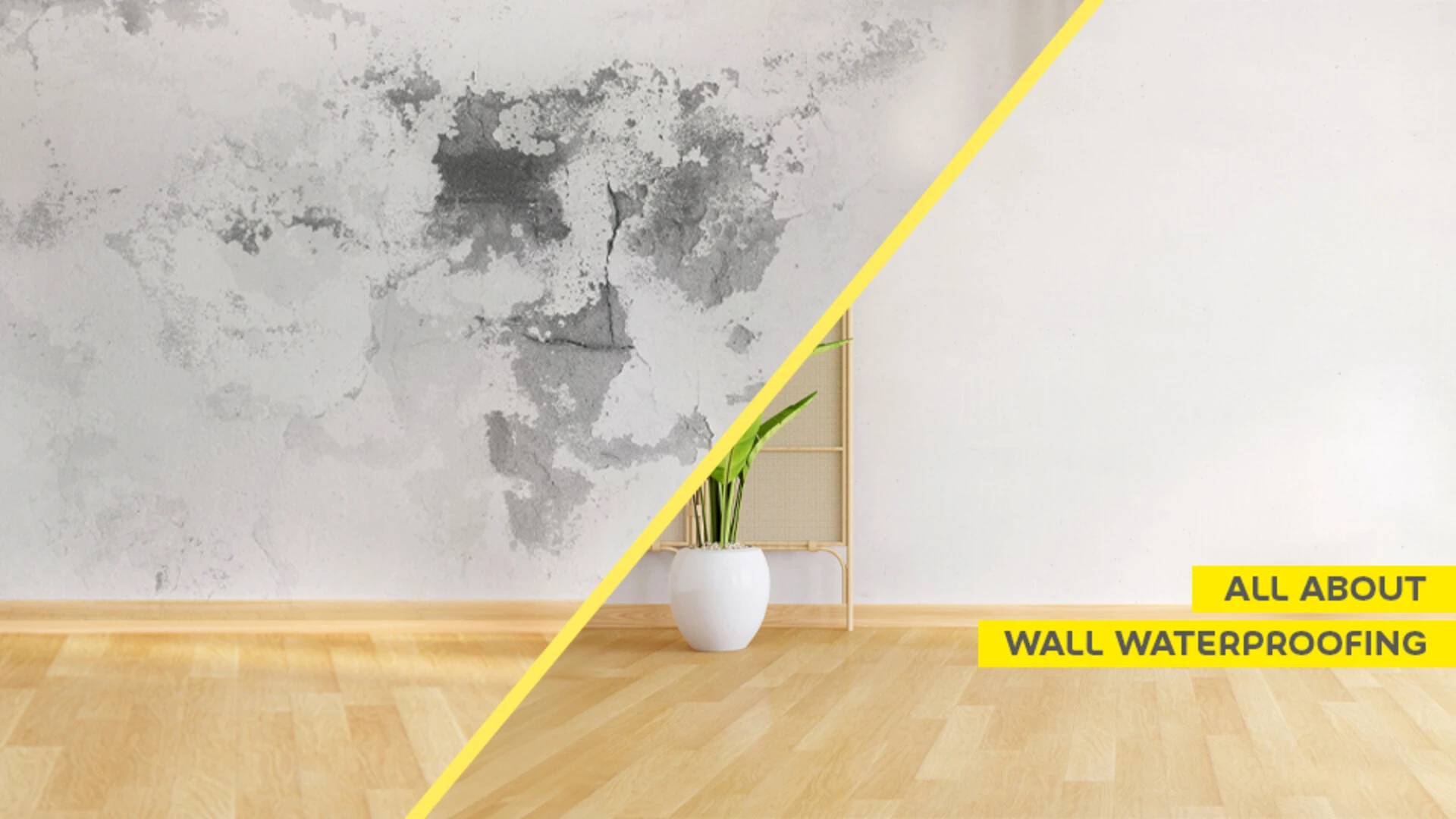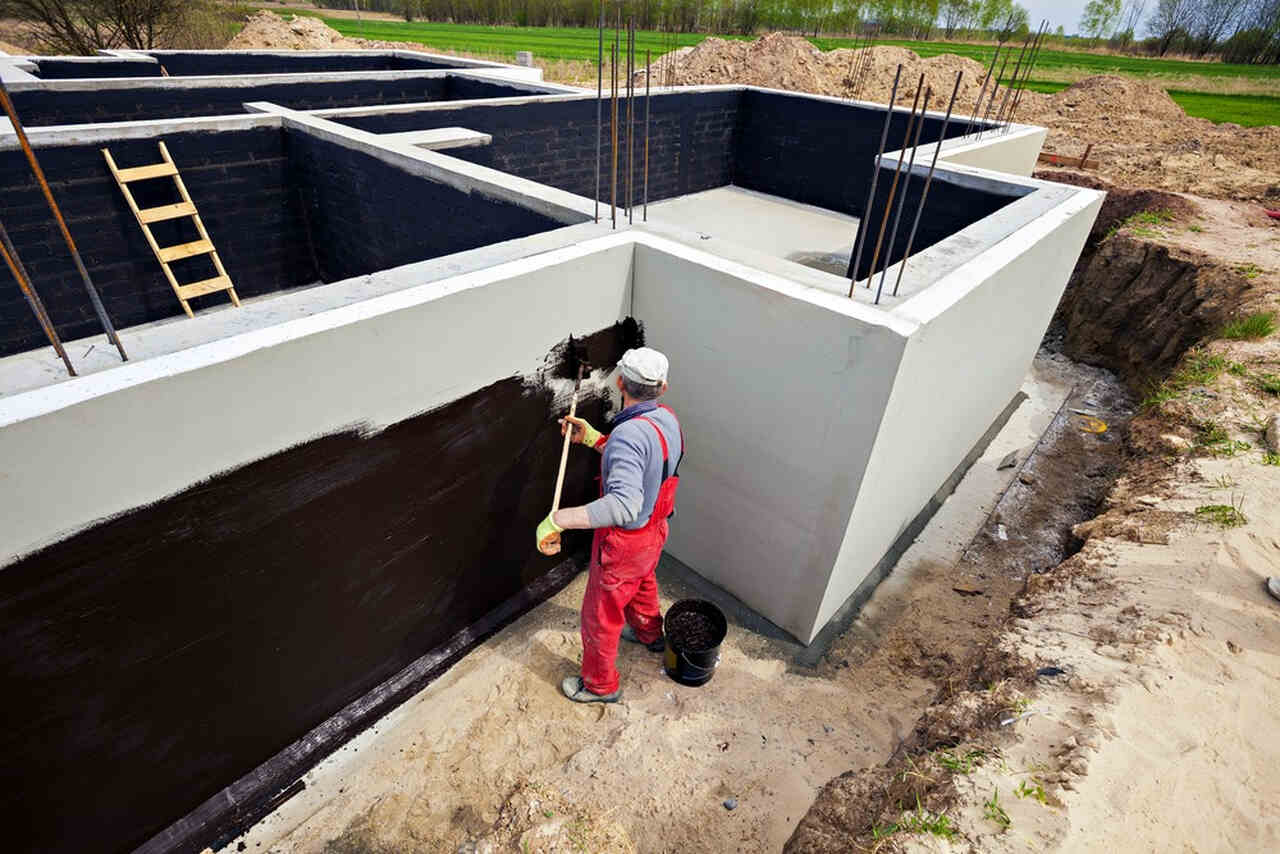How Waterproofing Works: An In-depth Take A Look At Methods and Technologies
Waterproofing is crucial for securing structures from moisture-related damage. It involves numerous techniques and technologies that create obstacles versus water intrusion. Standard methods, such as compressed clay, exist side-by-side with contemporary developments like liquid-applied membrane layers. Comprehending the nuances of these strategies is essential for efficient application. However, the efficiency of any type of waterproofing option hinges not just on the techniques made use of yet additionally on ongoing upkeep and assessment. What are the crucial elements that affect long-term efficiency?
Understanding the Essentials of Waterproofing
Waterproofing is a vital procedure that safeguards frameworks from water breach, which can cause substantial damage gradually. This approach involves the application of different products and strategies developed to produce an obstacle against dampness. The key goal is to avoid water from penetrating surfaces, which can cause damage, mold growth, and structural instability.Various aspects affect the selection of waterproofing method, consisting of the kind of framework, its area, and ecological conditions. Understanding the physics of water motion and the residential or commercial properties of different materials is essential in selecting an effective waterproofing solution.Effective waterproofing not only safeguards buildings but also enhances their longevity and integrity. Usually, it is integrated into the style phase of construction to guarantee extensive security. As understanding of water-related problems grows, the importance of understanding waterproofing fundamentals comes to be significantly clear to engineers, contractors, and homeowner alike.
Traditional Waterproofing Approaches
Typical waterproofing techniques have been made use of for centuries, counting on reliable techniques and materials to protect structures from water damages. One of the earliest techniques involves making use of clay, which, when compressed, produces an all-natural barrier versus wetness. Additionally, asphalt, a sticky, black material stemmed from oil, has actually been employed for its waterproof buildings, usually related to roofings and foundations.Another technique entails the application of lime-based plasters, which supply a breathable layer that allows wetness to escape while preventing water ingress. Thatch roofing, a standard method still seen in some societies, supplies superb waterproofing because of its snugly packed straw layers.Moreover, making use of stone and brick has projected, as these products are naturally resistant to water when correctly set up. On the whole, conventional waterproofing approaches emphasize the importance of selecting ideal materials and building techniques to enhance longevity against water invasion.
Modern Waterproofing Technologies
Innovations in modern waterproofing innovations have changed the way structures are secured from water damages. Cutting-edge approaches such as liquid-applied membranes and advanced sealants have actually boosted the performance and convenience of waterproofing services. These innovations enable smooth application, lowering the threat of leakages and making certain comprehensive protection over complex surfaces.Moreover, the combination of wise technologies, such as moisture sensors and automated monitoring systems, enables real-time assessment of waterproofing performance. This proactive approach helps with timely upkeep and lowers lasting repair service costs.Additionally, developments in spray-applied finishes use quick application and outstanding adhesion, adjusting to various substrates while providing durable security. Techniques like polymer-modified systems better improve versatility and sturdiness, making them suitable for varied atmospheres. In general, modern waterproofing innovations not only minimize water invasion but additionally add to the long life and sustainability of structures, noting a considerable change in the industry.
Products Used in Waterproofing
The effectiveness of waterproofing options greatly depends on the materials utilized in their application. Numerous products are employed to develop obstacles versus water ingress, each with distinct buildings suited for various settings. Generally made use of materials include membranes, layers, and sealants.Liquid-applied membrane layers, often made from polyurethane or acrylic, create a smooth obstacle that adjusts to complex surface areas. Sheet membrane layers, typically constructed from rubber or polycarbonate, deal longevity and are optimal for larger locations. Additionally, cementitious waterproofing materials, composed of cementitious substances, supply superb bond and flexibility.Sealants made from silicone or polyurethane are vital for joints and joints, making certain detailed protection. Sophisticated products, such as geo-composite membranes, integrate numerous functions, enhancing efficiency. Overall, the selection of waterproofing kerdi materials is essential in attaining resilient and reliable water resistance, customized to specific job requirements and environmental problems.
Common Applications of Waterproofing
Waterproofing plays an important duty in numerous markets, making certain the longevity and integrity of structures. Common applications consist of household services that safeguard homes, business infrastructure that safeguards businesses, and commercial setups that call for durable defense versus additional reading moisture. Understanding these applications highlights the relevance of waterproofing in keeping both safety and security and capability throughout different environments.
Residential Waterproofing Solutions
Several home owners encounter obstacles with wetness intrusion, making reliable domestic waterproofing solutions vital. Numerous techniques exist to address this problem, including exterior and interior waterproofing systems. Interior remedies commonly include the application of sealers and finishings to basement wall surfaces, which assist stop water infiltration. Exterior approaches usually include the installment of drainage systems and water resistant membranes that divert water far from the foundation.Additionally, homeowners might think about sump pumps to get rid of water build-up and dehumidifiers to regulate moisture levels. Correct grading and the usage of seamless gutters also play a crucial role in handling water circulation around the home. By implementing these approaches, homeowners can substantially reduce the risk of water damage and mold and mildew growth, making sure a completely dry and secure living environment.

Commercial Framework Security
Reliable waterproofing solutions play a crucial duty in the protection of industrial framework. Basement waterproofing Omaha. These strategies are essential for securing structures, car parking structures, and bridges from water damages, which can endanger structural stability and lead to costly repair work. Typical applications consist of the installment of membranes, layers, and sealers that create barriers against moisture infiltration. Areas such as cellars, roof coverings, and outside wall surfaces are often prioritized to guarantee durability and durability. Additionally, waterproofing systems can enhance energy efficiency by avoiding water-related issues that may cause mold and mildew development and degeneration. By carrying out robust waterproofing steps, residential or commercial property owners can safeguard their investments and why not try here keep functional effectiveness, eventually adding to the general sustainability of commercial facilities
Industrial Applications Review
While different industries encounter distinct obstacles, the need for trustworthy waterproofing solutions stays a continuous in industrial applications. Industries such as production, building, and power commonly encounter atmospheres where moisture direct exposure can endanger architectural integrity and operational performance. In making centers, waterproofing is important for shielding machinery and materials from water damages. In building and construction, it safeguards foundations and basements versus groundwater seepage. The power field depends on waterproofing for the security of devices in hydroelectric plants and offshore structures. Additionally, food processing industries use waterproofing to ensure health and conformity with safety and security criteria. Overall, effective waterproofing services are vital for boosting sturdiness, safety and security, and productivity throughout numerous commercial settings.
Upkeep and Long Life of Waterproofing Solutions
Although waterproofing services are developed to provide long-term protection versus wetness invasion, regular upkeep is important to guarantee their performance and durability - Sump pump discharge drainage Omaha. Routine evaluations play a significant function in identifying possible problems such as splits, peeling, or indicators of water damage. Resolving these issues promptly can protect against additional damage and pricey repairs.Additionally, cleaning up the surface area of waterproofed locations helps eliminate dust and particles that could endanger the integrity of the waterproofing barrier. It's additionally recommended to reapply safety finishes or sealants as suggested by manufacturers to maintain excellent performance. Environmental variables, such as UV direct exposure and severe weather problems, can influence the lifespan of waterproofing materials, making routine assessment crucial
Regularly Asked Questions
Can Waterproofing Be Applied in Cold Weather Condition?
The inquiry of using waterproofing in cool weather increases problems about adhesion and curing. Lots of items may not do at their ideal in reduced temperature levels, necessitating careful selection and factor to consider of particular guidelines for effective application.
The Length Of Time Does Waterproofing Generally Last?
The duration of waterproofing efficiency differs based upon products and environmental factors. Typically, it can last from five to 10 years, but regular maintenance and assessments are important to ensure peak efficiency and durability.
Is DIY Waterproofing Effective and Safe?
The effectiveness and safety and security of do it yourself waterproofing rely on numerous variables, consisting of worldly high quality and application method. While some individuals achieve satisfying results, others may encounter issues that compromise long-term defense and architectural stability.
What Are the Signs of Failing Waterproofing?
Indicators of stopping working waterproofing consist of noticeable water stains, peeling off paint, mold and mildew growth, musty smells, and dampness in walls or ceilings - Landscape drainage Omaha. These indicators recommend compromised obstacles, requiring punctual inspection and possible remediation to avoid more damage
Just how Do I Choose the Right Waterproofing Contractor?
